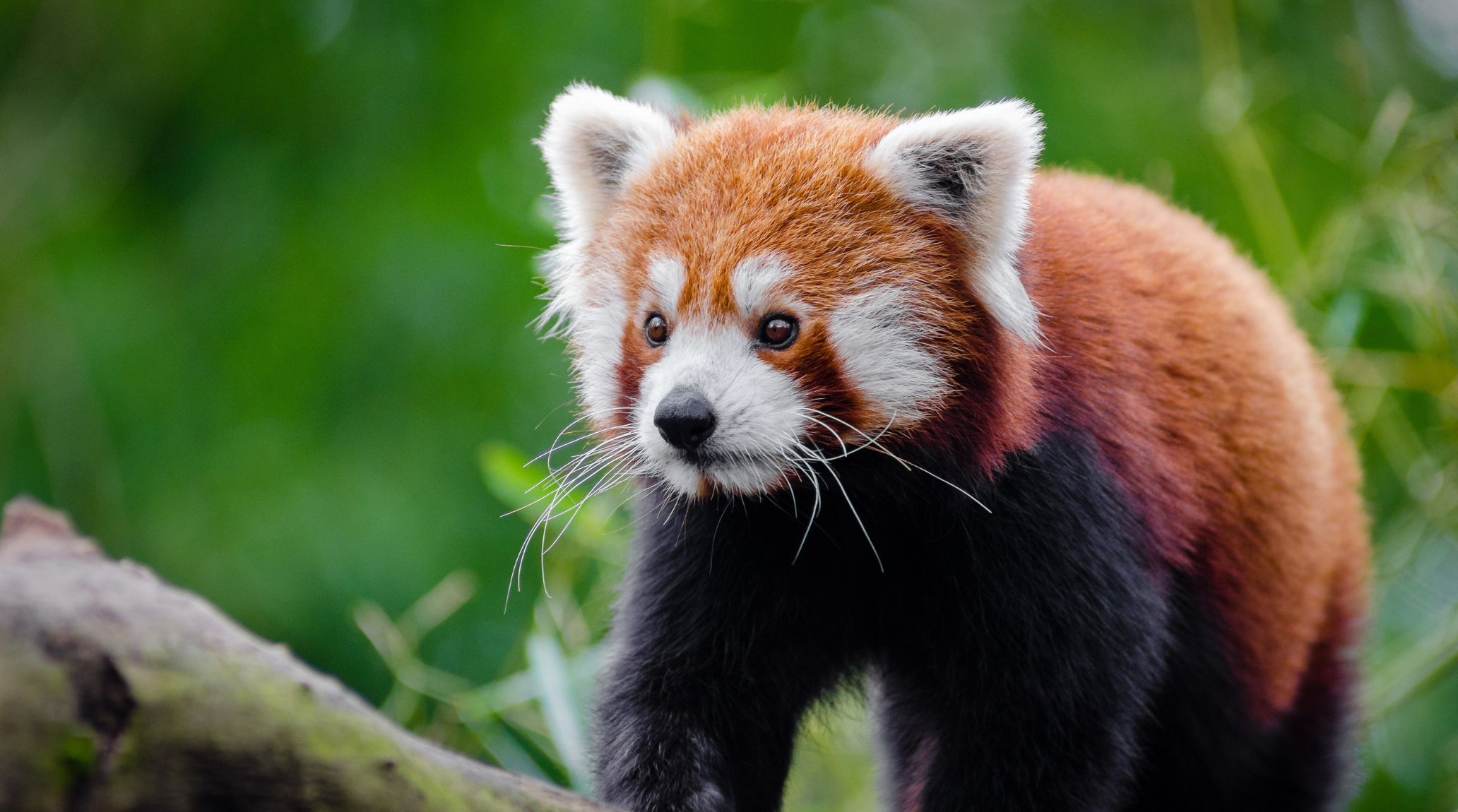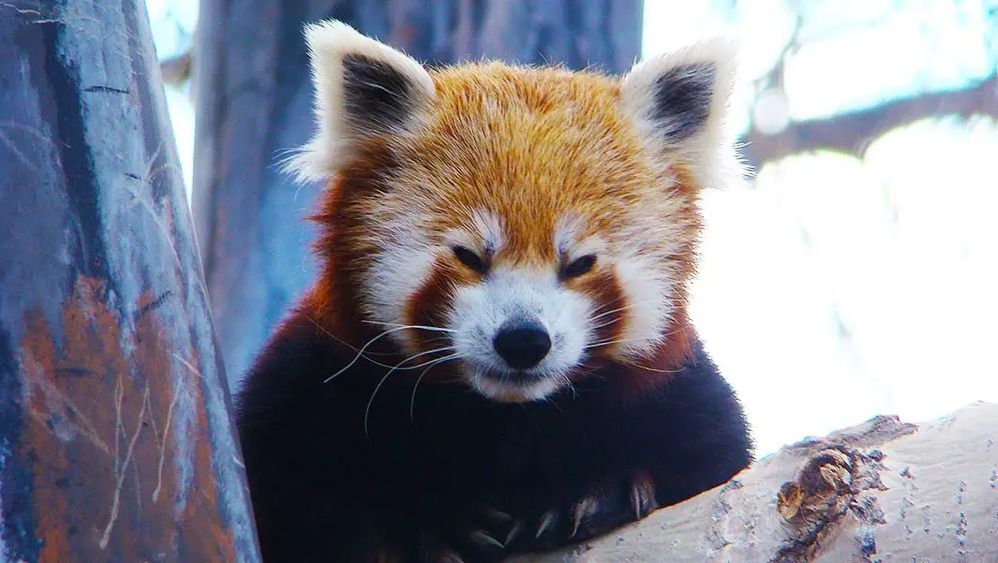
“
Red pandas, often mistaken for their distant relatives, the giant pandas, have captivated the hearts of nature enthusiasts worldwide. In this blog, we delve into 20 fascinating facts about red pandas that showcase their unique behaviors, habitat, and the conservation efforts aimed at protecting them. From their arboreal lifestyle to their distinctive appearance and the ecological role they play, red pandas are truly remarkable animals deserving of our admiration and conservation efforts.1
1
”
Red pandas spend up to 17 hours a day sleeping, being both nocturnal and crepuscular. They are most active during twilight and prefer resting in tree branches or hollows, where they can stay safe and comfortable.1
They primarily eat bamboo but have a varied diet that includes fruits, berries, acorns, and insects. This omnivorous diet helps them survive in their native Himalayan habitat. Their preference for bamboo, however, defines their primary food source.2

Guinness World Records mourns the passing of Taylor, the world's oldest living red panda in captivity, who lived a remarkable 21 years and 265 days at ZooMontana. Taylor's record title was confirmed on February 27, 2020, with ZooMontana's support.
Red pandas are classified as endangered, with fewer than 10,000 individuals left in the wild. Habitat loss and fragmentation are major threats to their survival. Conservation efforts are crucial to protect this unique species from extinction.3
They are excellent climbers and spend most of their time in trees. This arboreal lifestyle helps them avoid predators and find food. Their agility in the trees is a key aspect of their survival strategy.4
Red pandas are about the size of a domestic cat, with a body length of 20-25 inches and a tail length of 11-23 inches. Their small size and distinctive markings make them easily recognizable. 5
They have reddish-brown fur, a long, bushy tail with rings, and white markings on their face and ears. This striking appearance provides excellent camouflage in the forests. 6
Red panda females typically give birth to one to four cubs per pregnancy, with an average of two. Cubs are born blind and depend on their mother for warmth and nourishment.7
They have a unique way of regulating their body temperature by licking their fur. This behavior helps them stay cool in warmer weather. It's another example of their adaptability to different environmental conditions.8
In 1825, nearly 50 years before the giant panda, French zoologist Georges-Frédéric Cuvier first described the red panda, calling it the most beautiful animal. This western red panda (Ailurus fulgens fulgens) predates the giant panda as the original "panda."9
Red pandas have a variety of vocalizations, including squeals, twitters, and huff-quacks. These sounds are used for communication between individuals. Their vocal repertoire adds to their charm and aids in social interactions.10
Fossil evidence suggests red pandas have existed for millions of years, making them an ancient species. This long evolutionary history highlights their adaptability. Their survival through various geological periods is a testament to their resilience.11
Red pandas typically live for about 8-10 years in the wild, but they can live up to 15 years in captivity. Their lifespan is influenced by factors such as diet, habitat conditions, and threats from predators and human activities.12
In cold weather, red pandas wrap their tails around their bodies for warmth. This behavior helps them conserve heat during chilly Himalayan nights. Their thick fur also provides insulation against the cold.13
Red pandas can swim if necessary, although they prefer trees. Their swimming ability is a lesser-known aspect of their versatility. It highlights their capacity to handle various terrains and escape from threats.14
Their eyes are adapted for night vision, helping them see in low light conditions. This adaptation is crucial for their nocturnal lifestyle. It enables them to forage and navigate in the dark effectively.15
Red pandas have a pregnancy period of about 134 to 145 days, or approximately 4.5 months. Females usually give birth to one to four cubs in the spring. The newborns are blind and helpless, relying heavily on their mother for warmth and care.16
Red pandas play a vital role in their ecosystem by spreading seeds and contributing to the growth of bamboo forests. Their feeding habits help maintain the balance of their habitat.17
They have musk glands under their tails, which they use for scent marking. This behavior helps them establish territory and communicate with other red pandas. Scent marking is a vital aspect of their social structure.18
Red pandas have a distinctive waddling gait due to their short front legs. This unique walk is not only charming but also helps them maneuver through the dense forests and rocky terrains of their native habitat.19


